Creating the next chapter
In this project I wanted to explore how old and new technologies better could cooperate with each other, and by doing this creating the next generation of a well-known product. This was a great opportuniny to to exercise my skills in the design process and 3D modeling.
Project: personal
Participants: solo
Time span: 2 weeks
When: fall 2020
1.
People are rediscovering
the vinyl experience
During the last years the sales of vinyl records has been on the uprise. For example, Americans are spending more on vinyl records than CDs for the first time since the 1980s. This is also
a trend I have personally witnessed among friends and family.

2.
They take up too much space
The conventional record player has a large footprint and takes up a lot of space, space that could be used for other valuable things in ones interior. How could this footprint be reduced? A wallmounted solution can be placed independently and more freely thanks to the walls large area, compared to for
example a cabinet.

3.
Enhance the experience
Not much has happened in the area of record players for many decades, meanwhile technology has taken huge leaps. How could modern technology work as an enhancement for the record player, combining analog and digital in a
seemless experience?

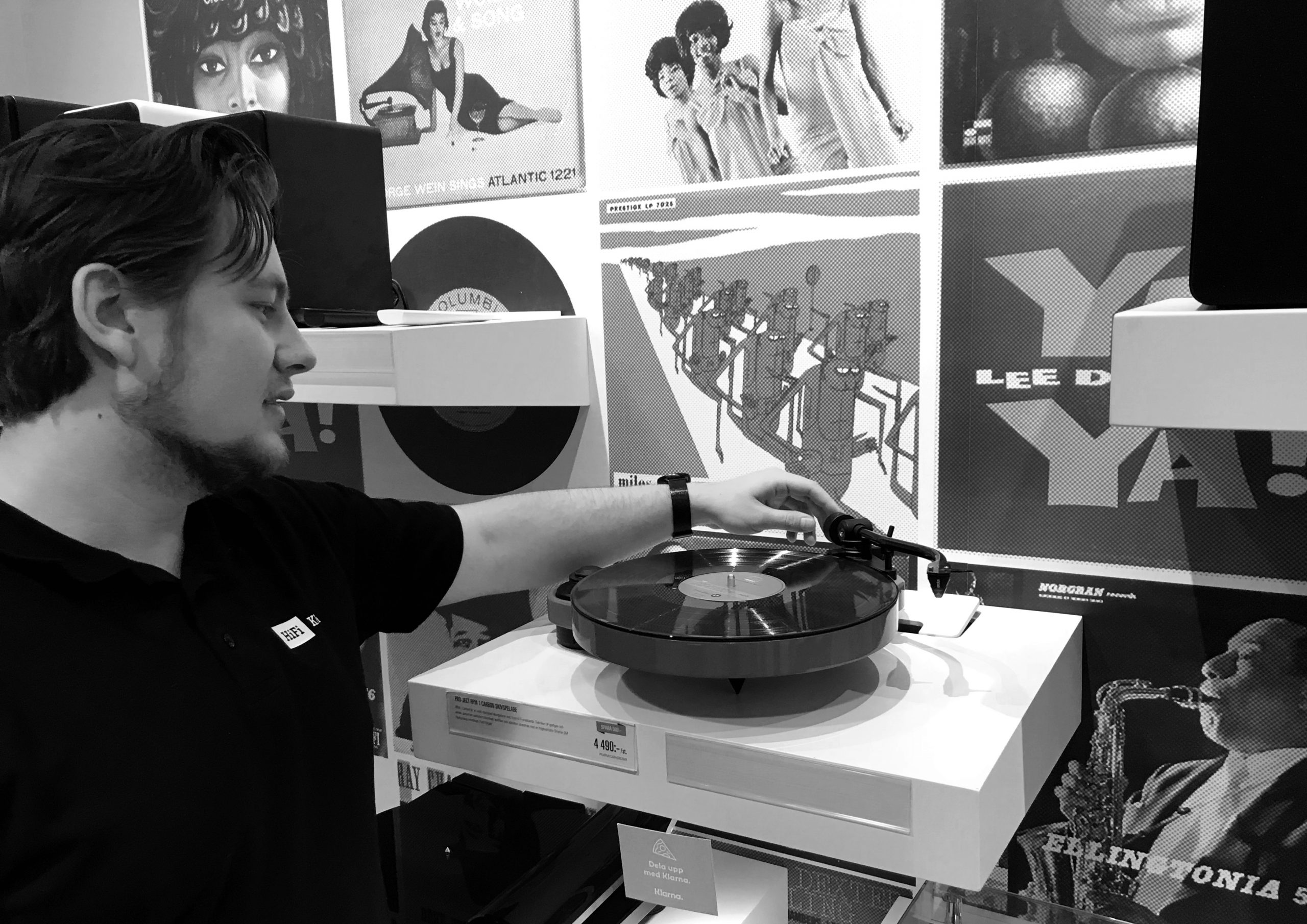
Interview with Daniel at Hi-Fi Klubben,
an expert in record players
To further immerse myself in this topic and to get a better understanding of how a record player works I visited
Hi-Fi Klubben, where I talked to Daniel. He taught me about different kinds of record players, how they function and how they have evolved over time.
Mapping out functions
and important touch-points
After I had conducted the reserach I visualized the main functions of a conventional record player, and soon began to identify areas for improvement.
– The pickup often breaks
– Vibrations has to be eliminated
– Many different interactive functions

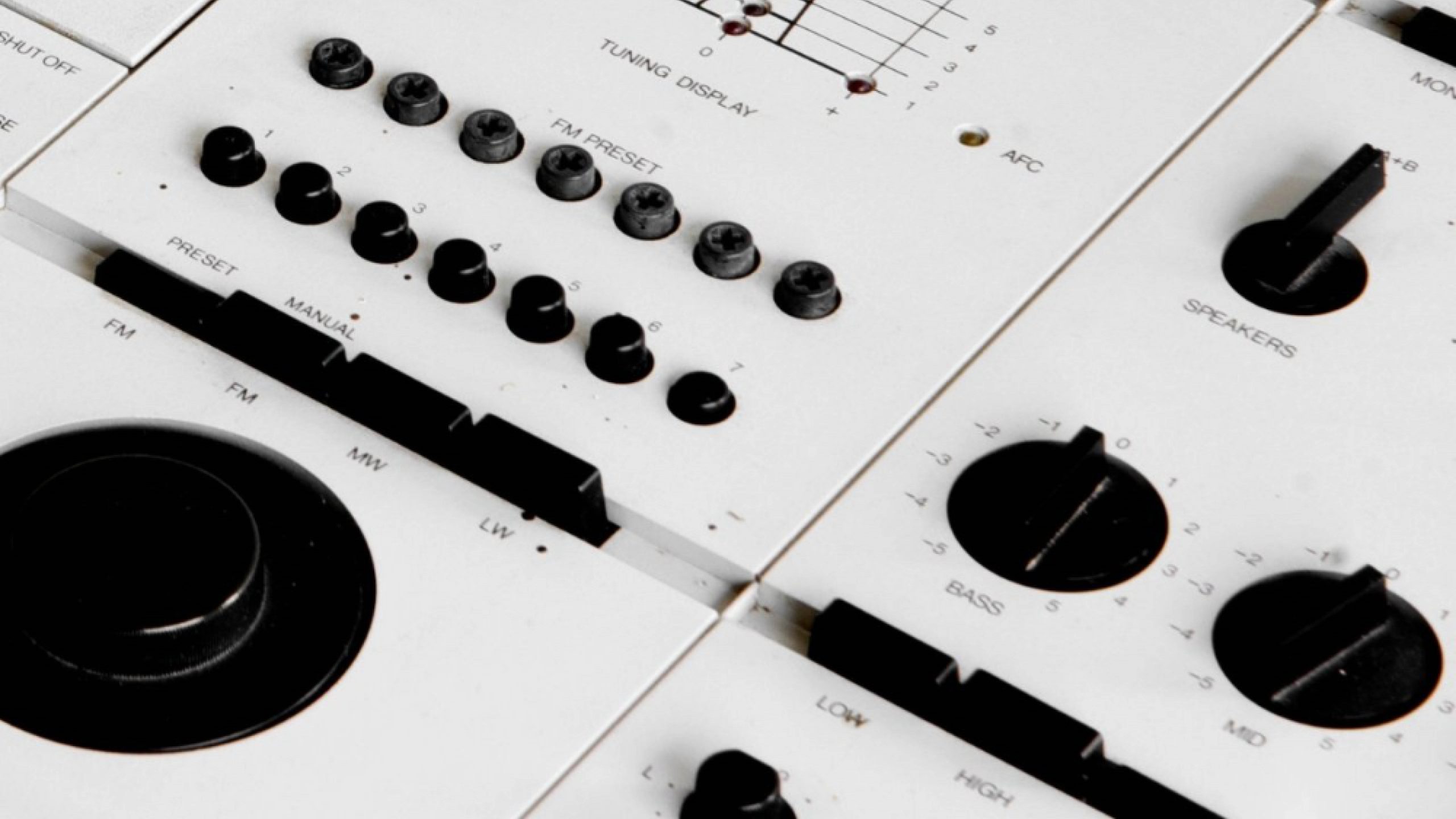
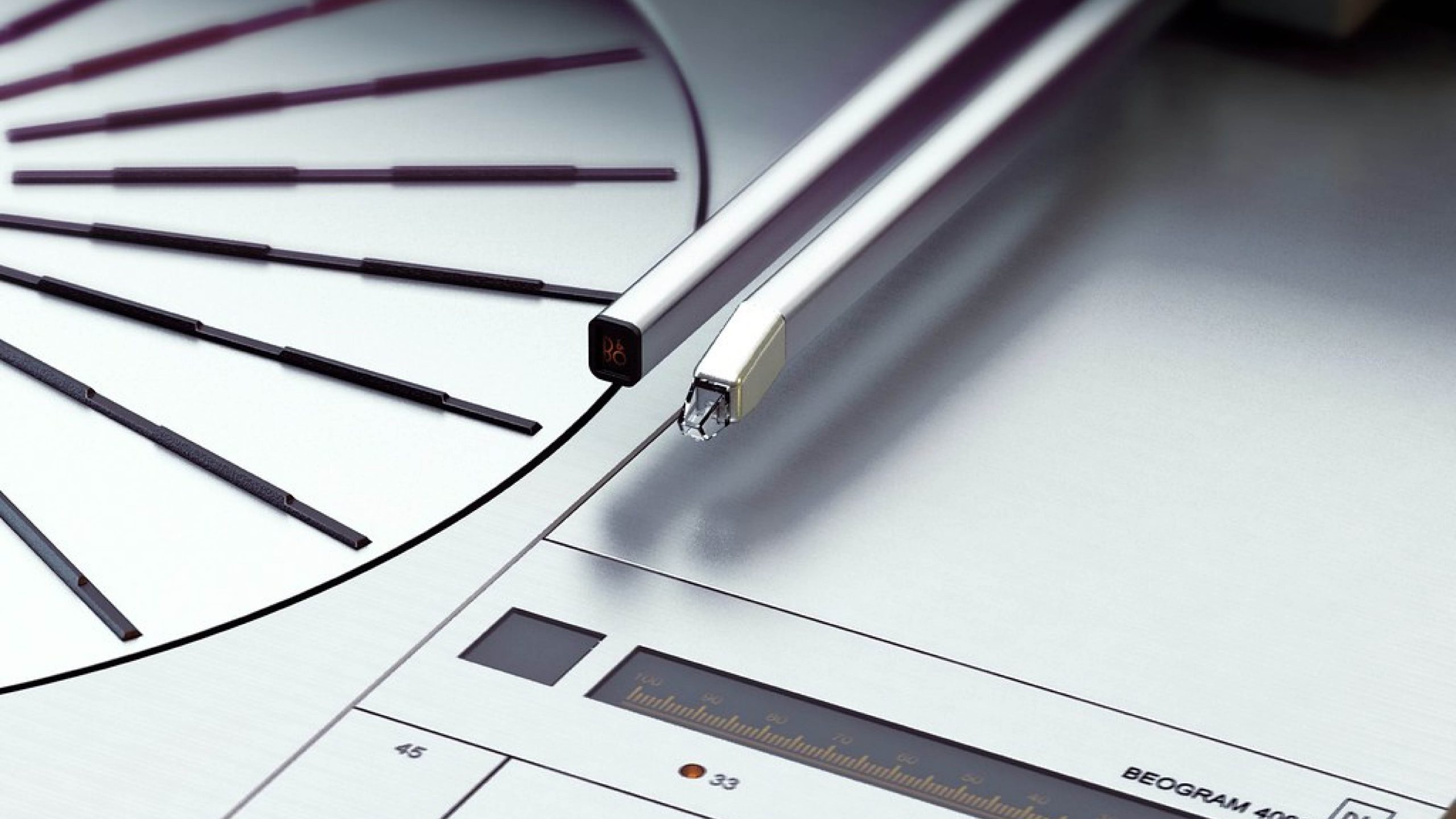


Aesthetic approach
A wallmounted record player becomes very pronounced. Should it be more quiet, blending in with it´s suroundings? Or, should I intensify this, making the product a statement? I chose the latter option. I wanted the record player to visually communicate that "I´m not your usual record player", but also to be easily undestood thanks to good semantics, graphics and vibrant colors.
Inspiration
I got inspired by pragmatic designs, driven by function, that are not affraid of exposing functional components. I belive this is a very natural way for a product to communicate how it works – function is form, and form is function. I also wanted the product to be playful, to spark interesting discussions around it.


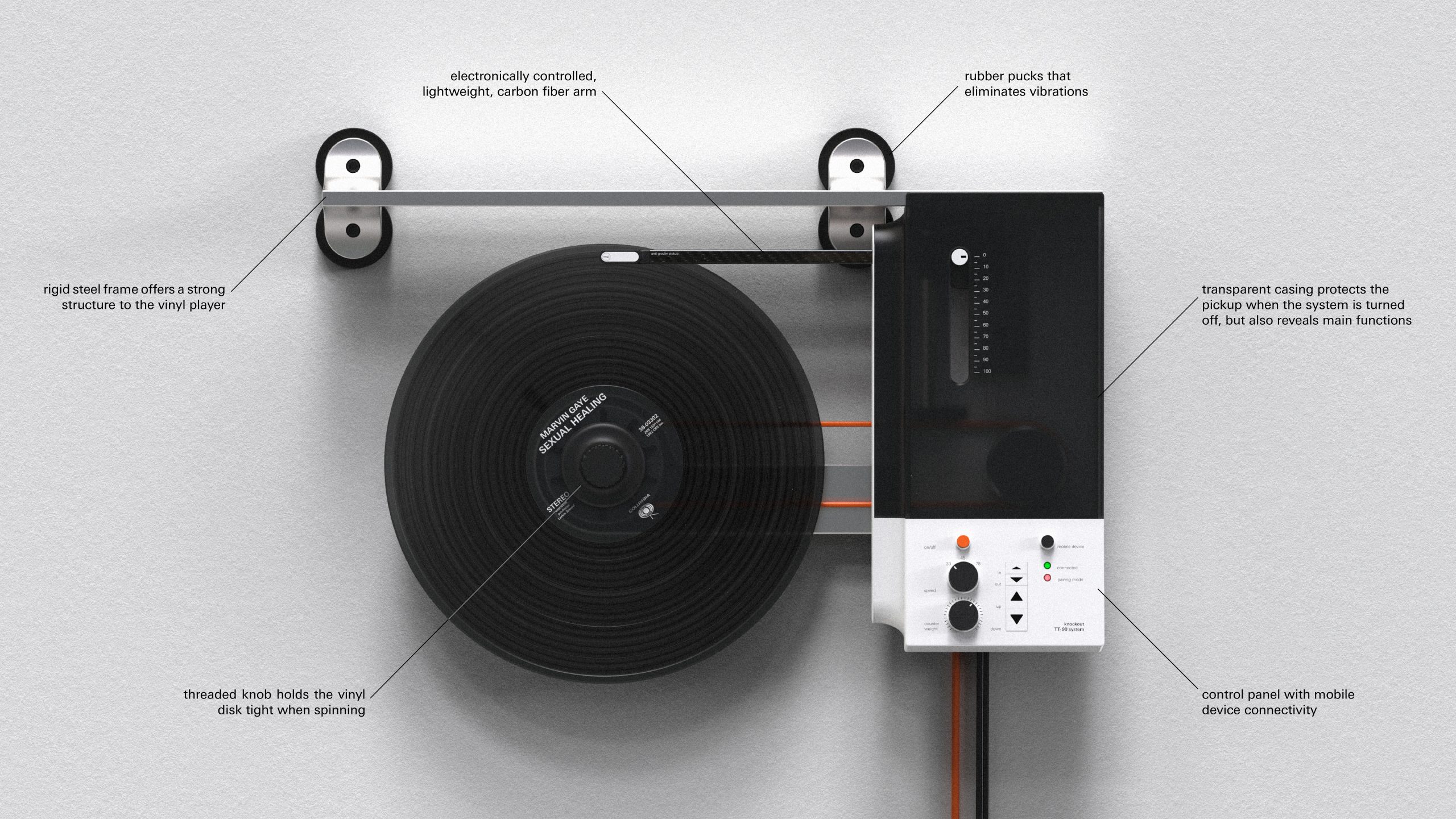
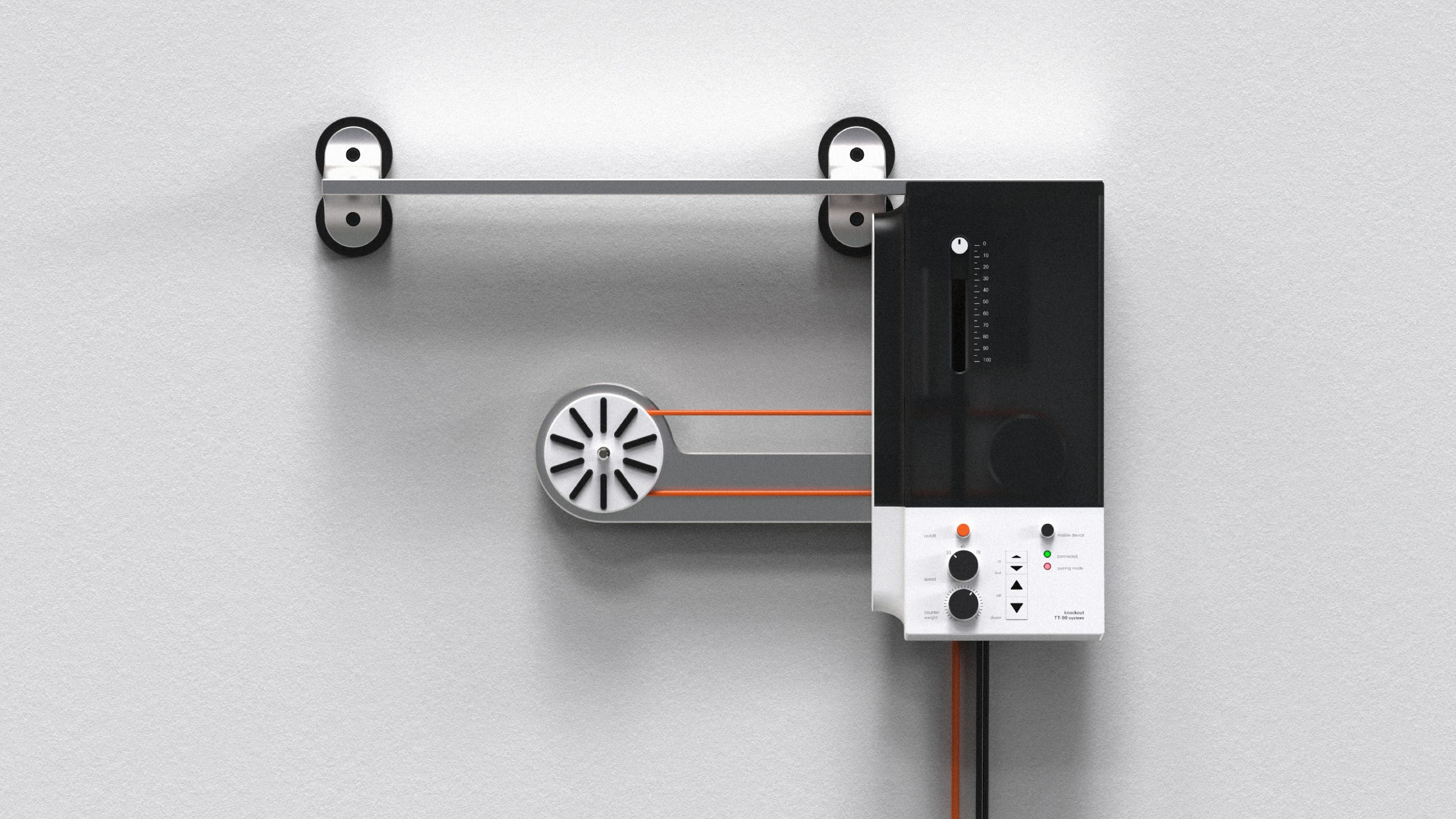
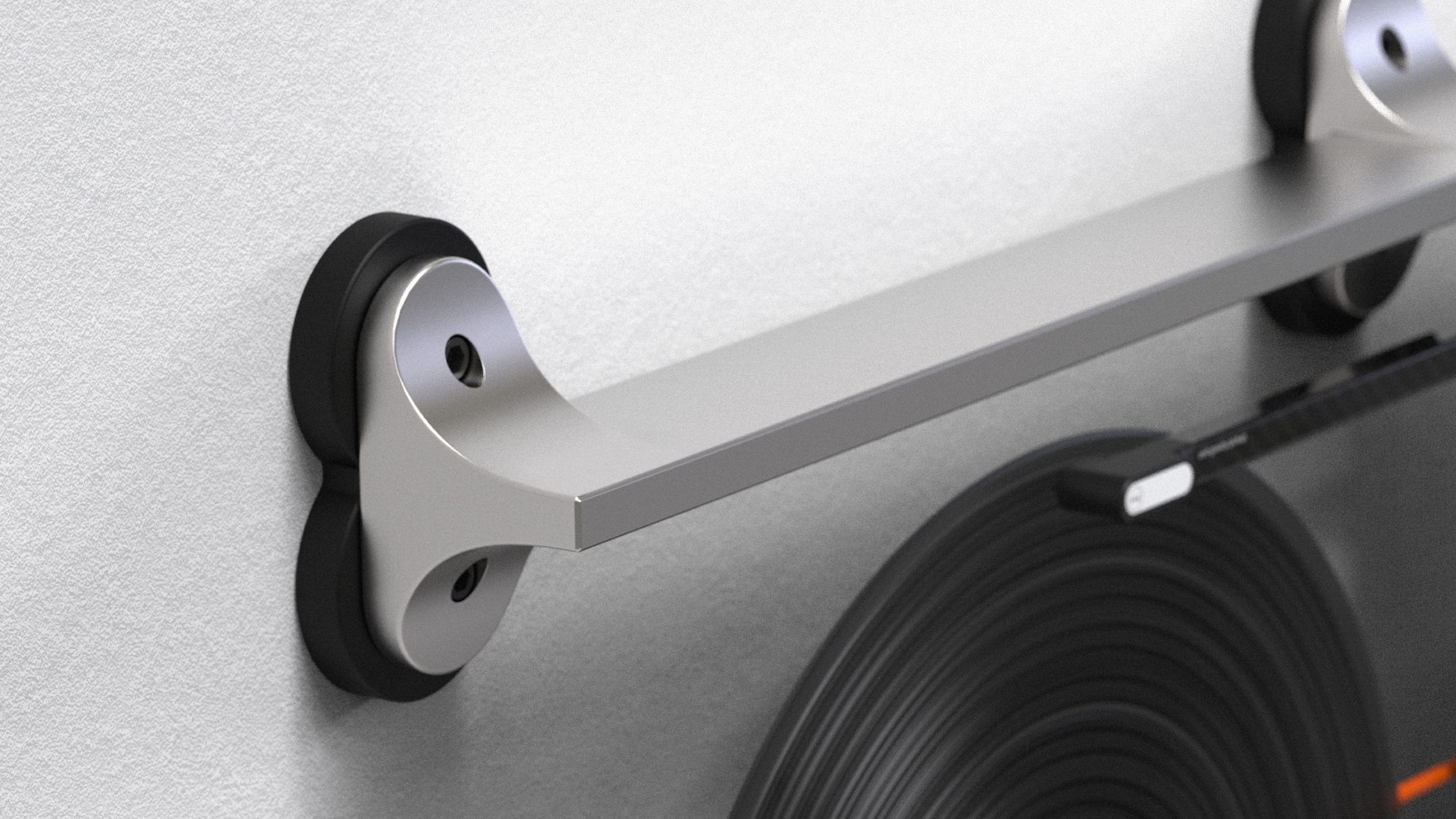


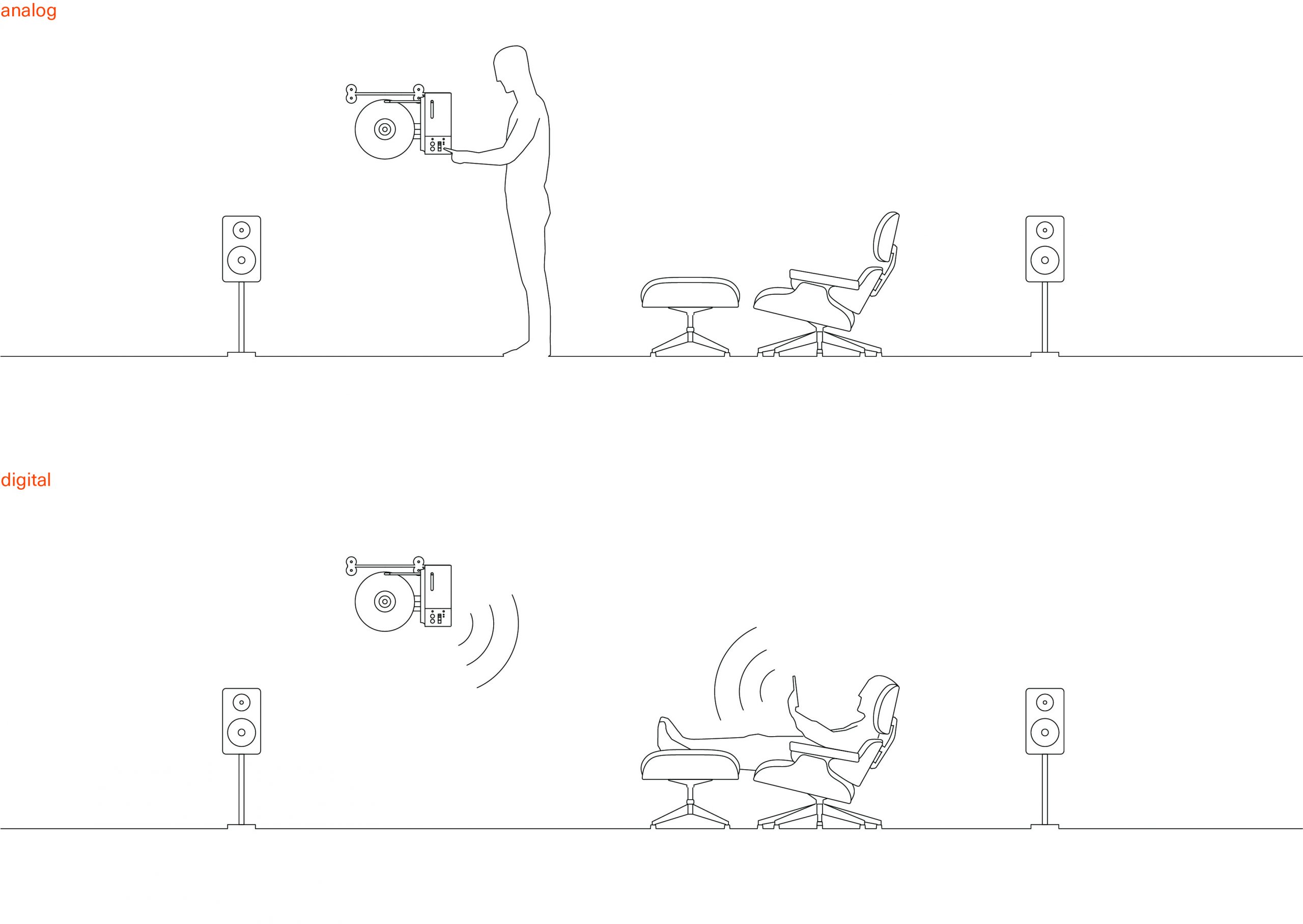


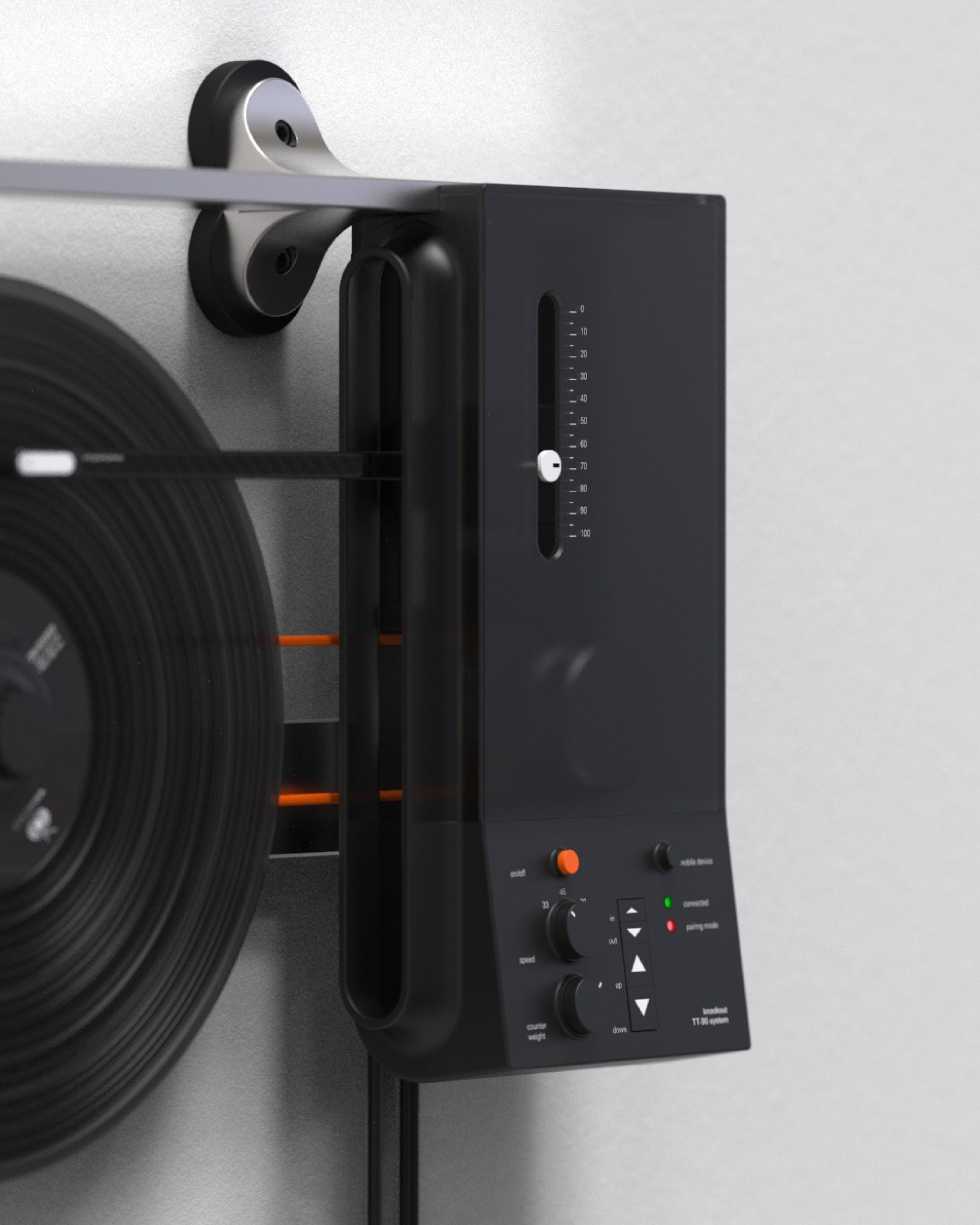

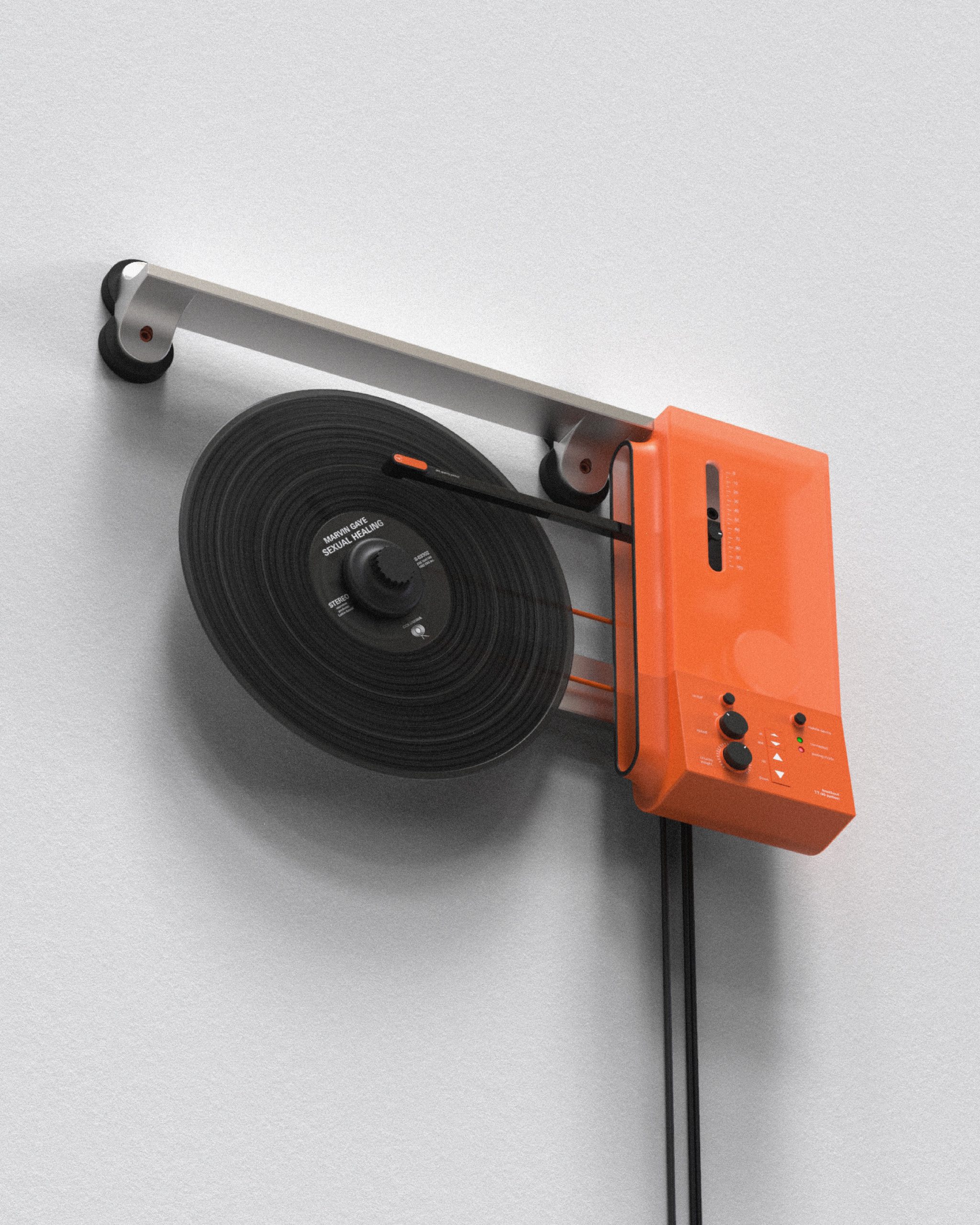
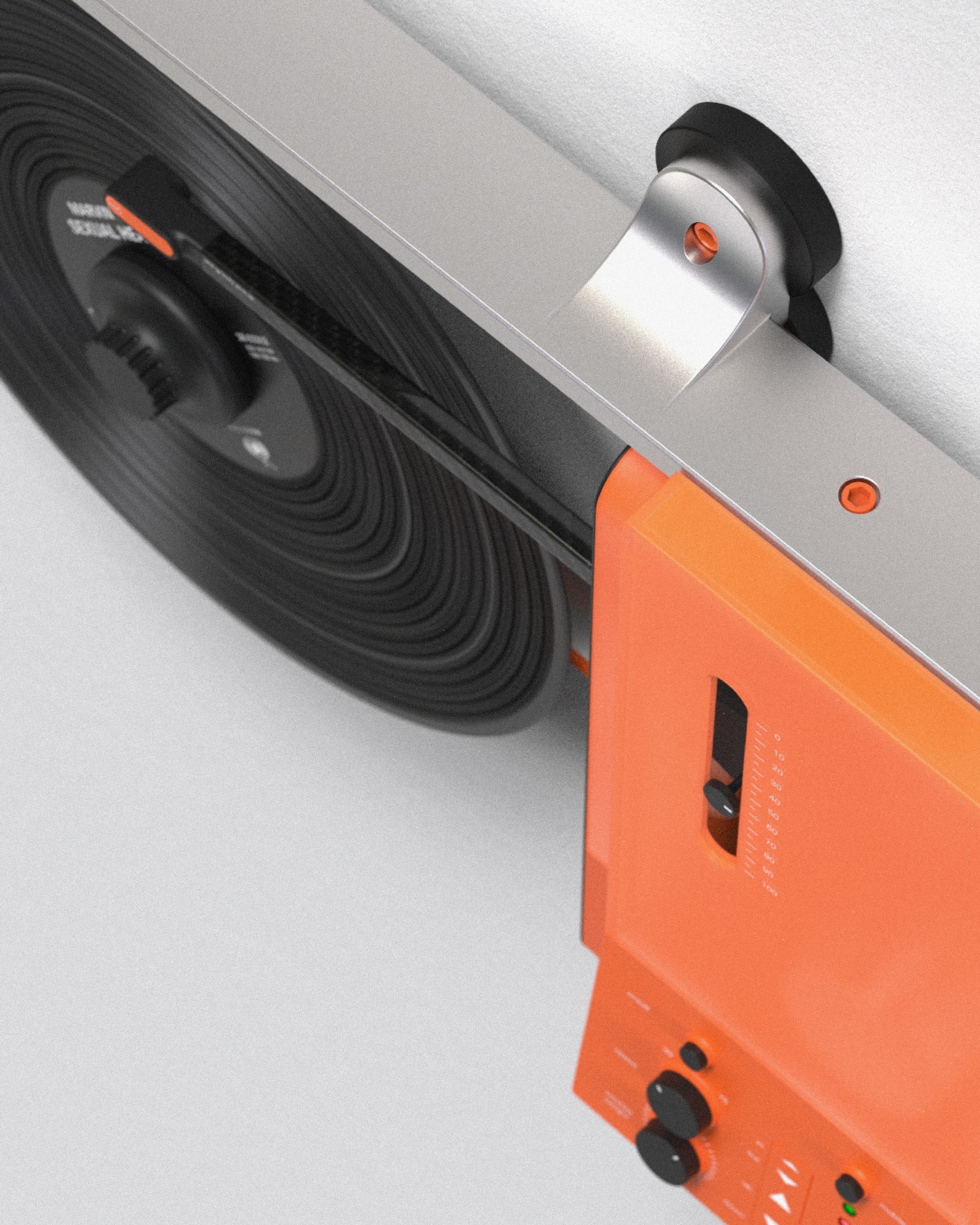

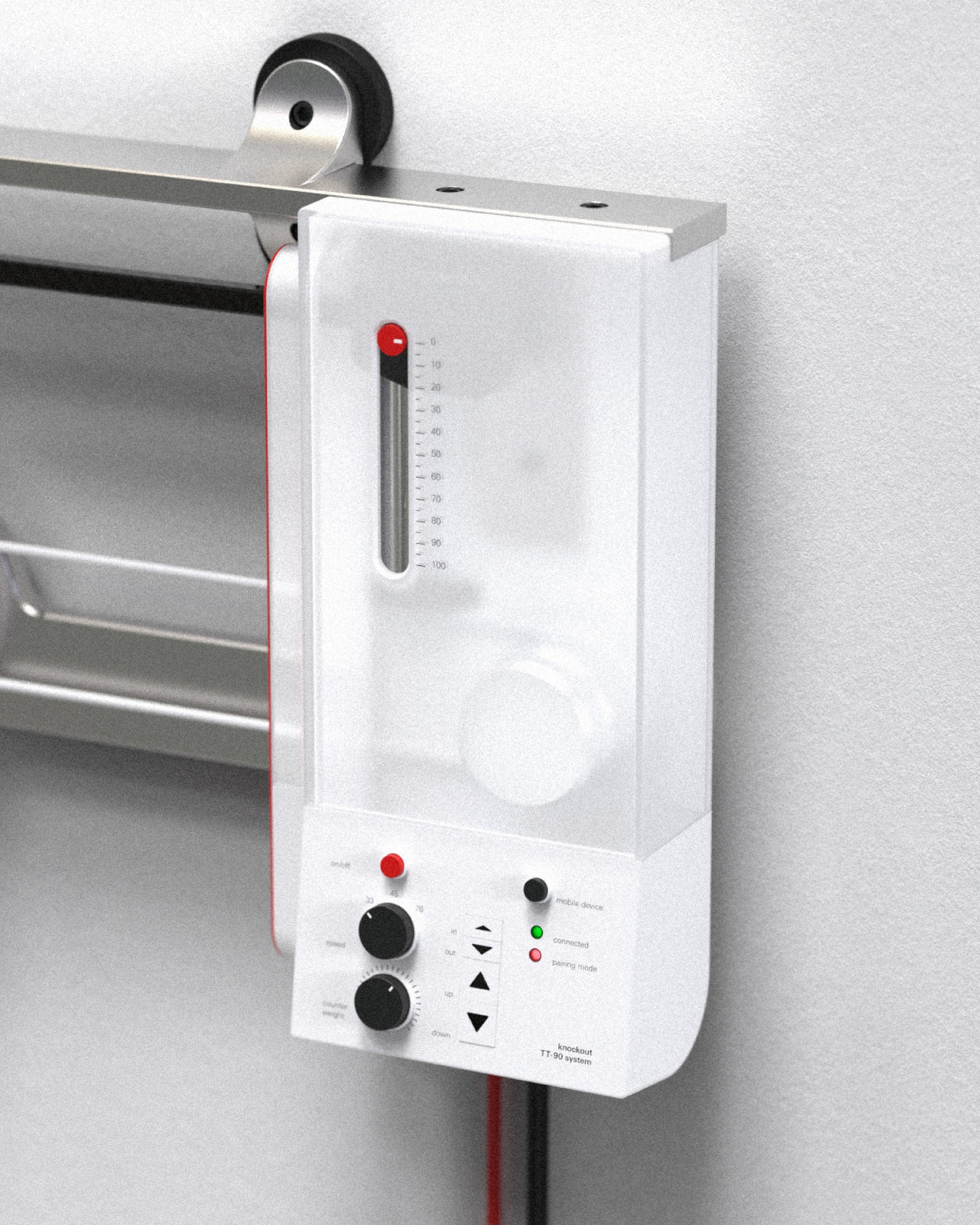
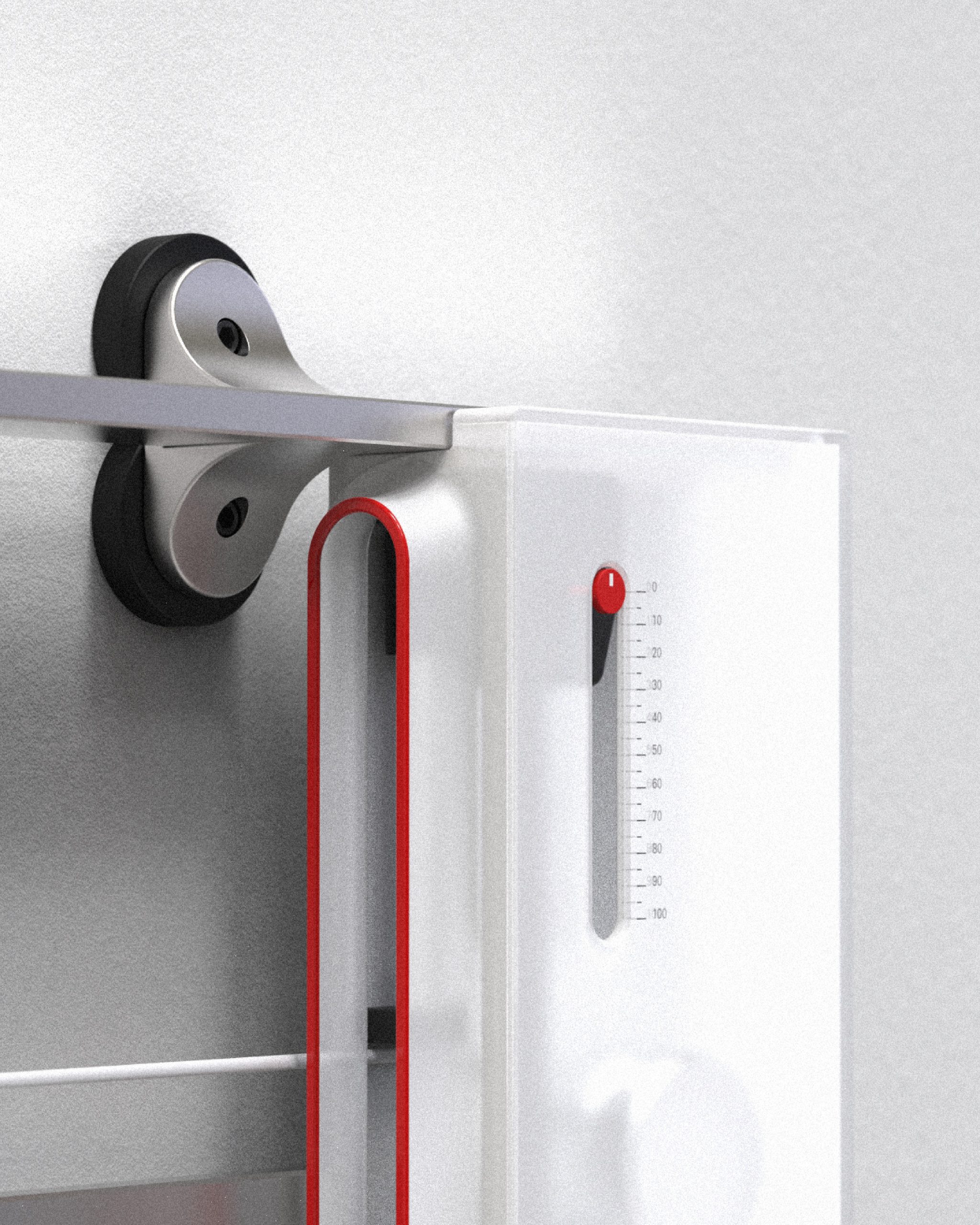
CMF studies
To further see where I could take the TT–90 System (TurnTable, 90 degrees), I made variants with different CMFs to explore how the product would behave and communicate.
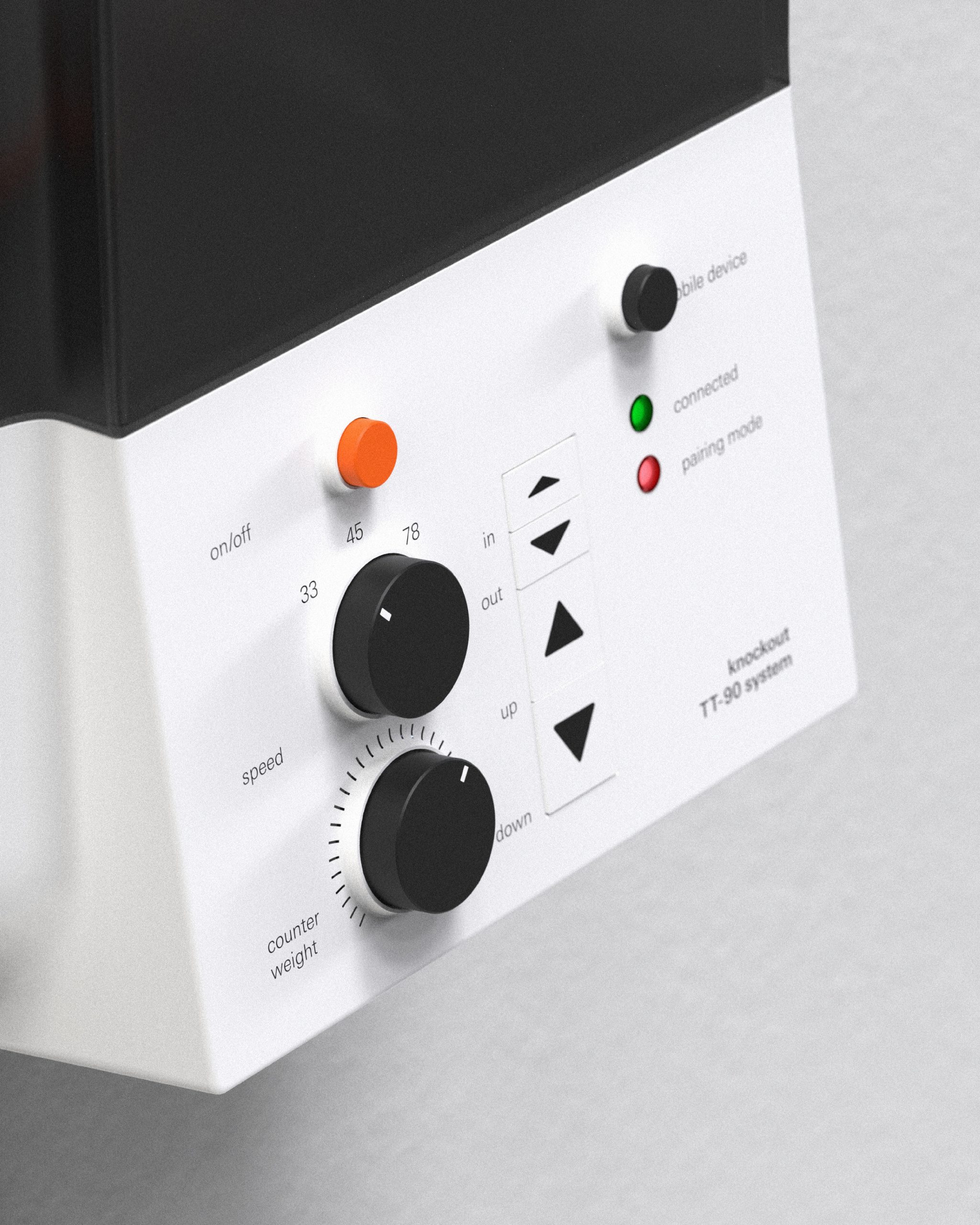

Learning outcome
– Strengthened my experience in the design process
– Improved "outside-the-box" mindset
– Improved CAD and rendering skills
During this personal spare time project I have strengthened my experience and routine in the design process. Looking at a product with an outside-the-box mindest, identifying areas of improvment and then making a new solution. I have also improved myself regarding "hard skills", such as 3D modeling, rendering and other softwares.
Rest of my work

Project NeolithIndustrial design
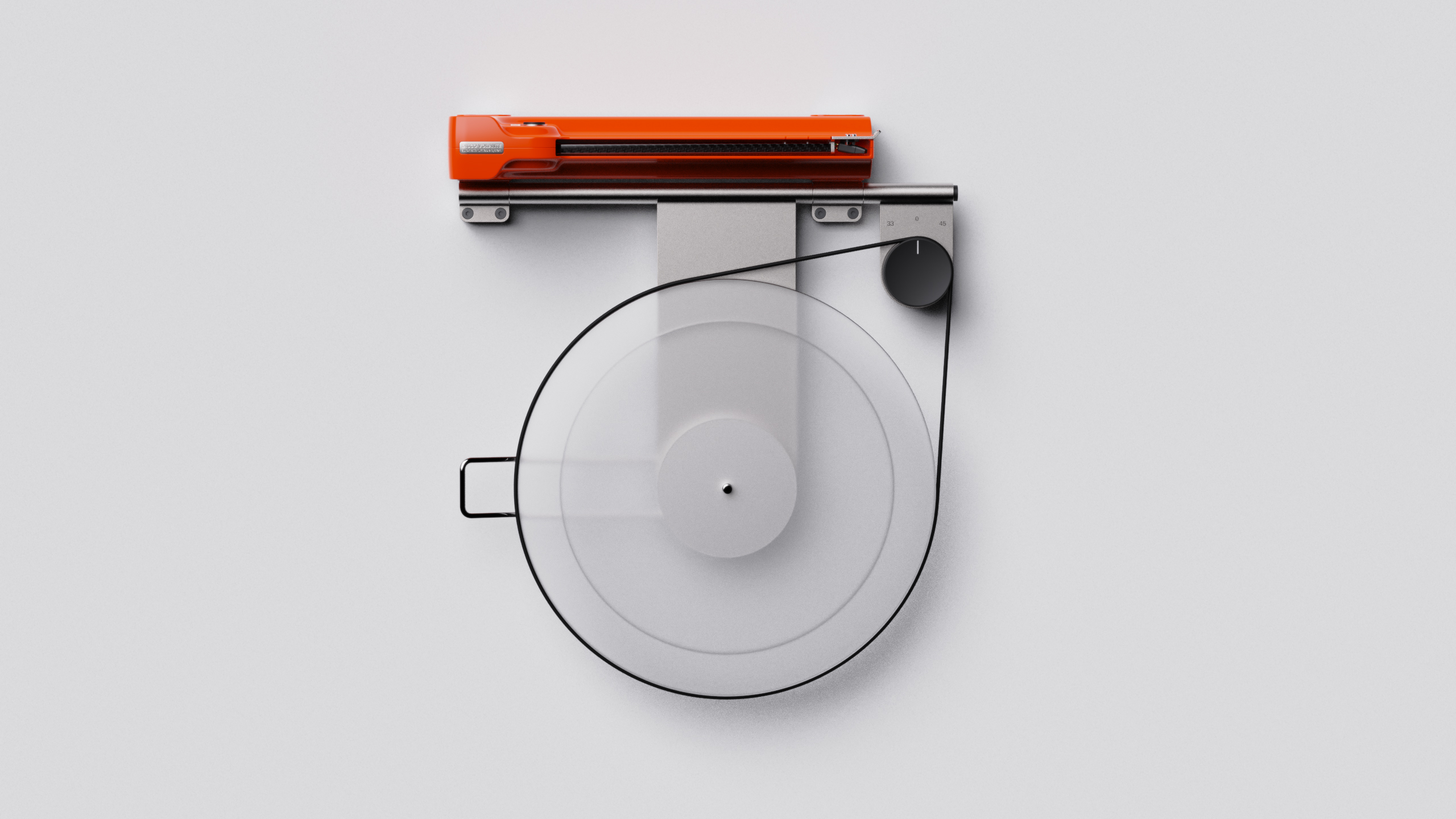
Disco VolanteProduct Design

Cisco PanactiveProduct design

TilesConsumer electronics
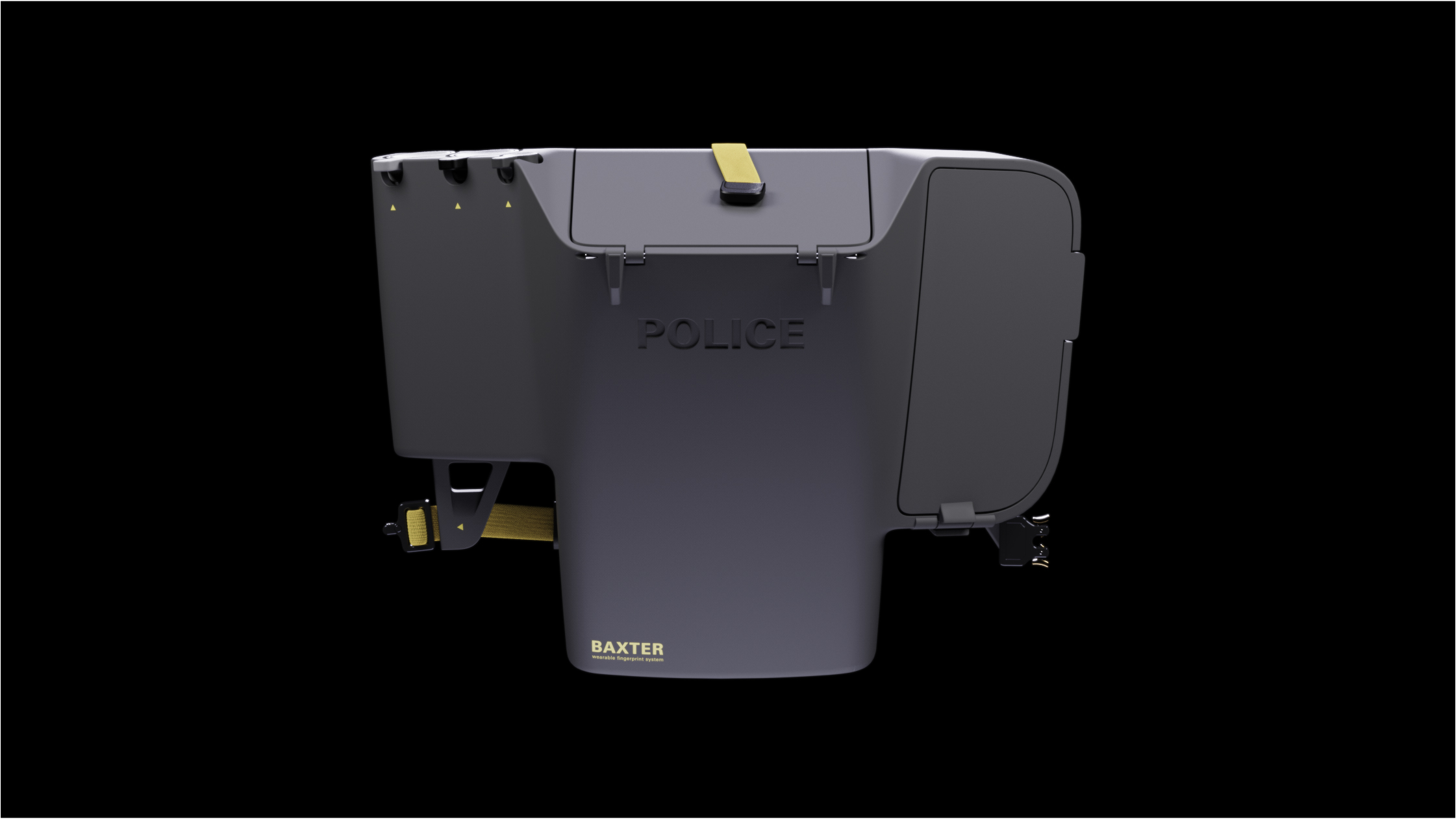
BaxterProduct design

Electrolux TrioConsumer electronics

SC VegaBFA Thesis project
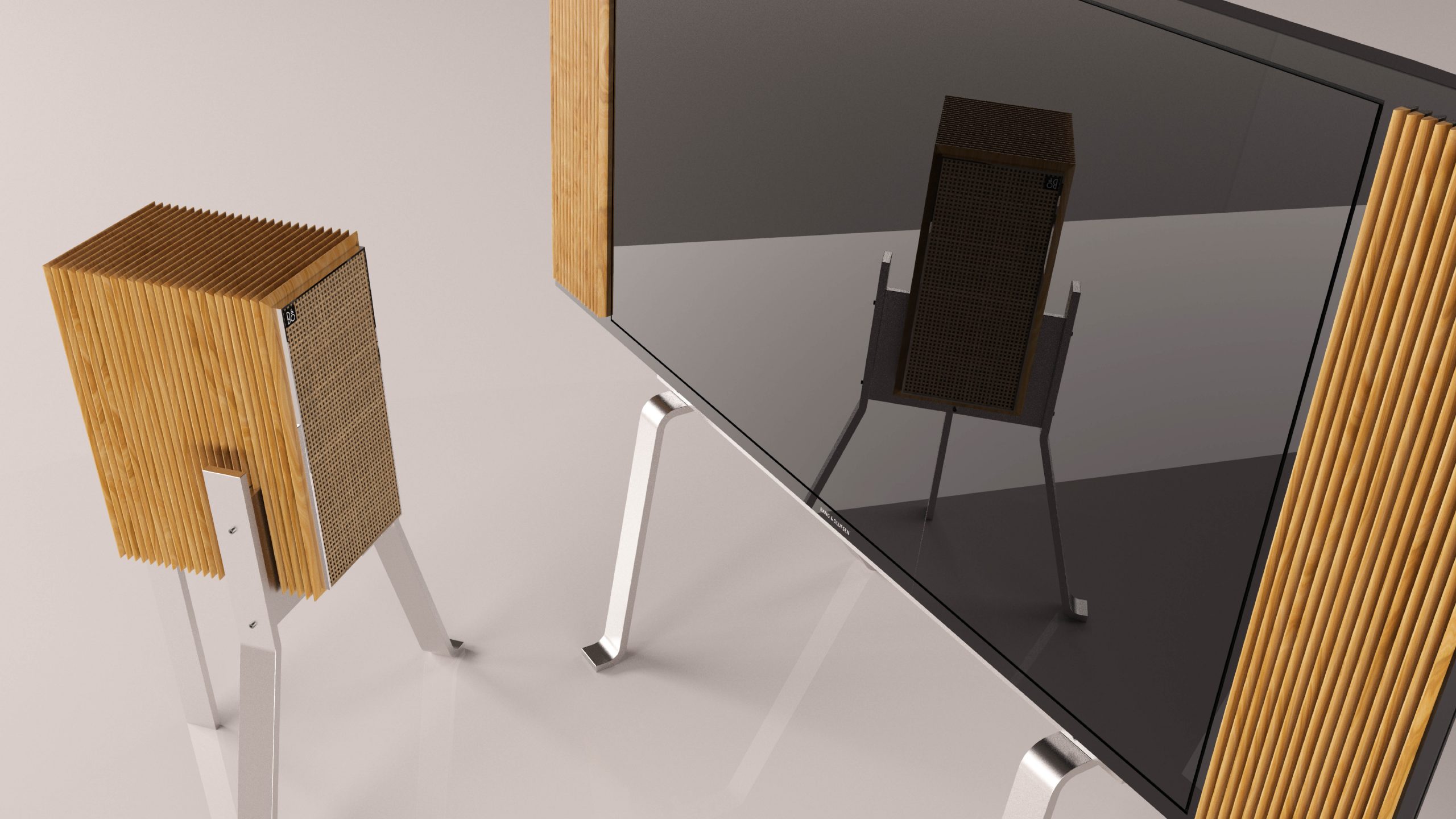
KöpenhamnProduct design

SketchesAutomotive design
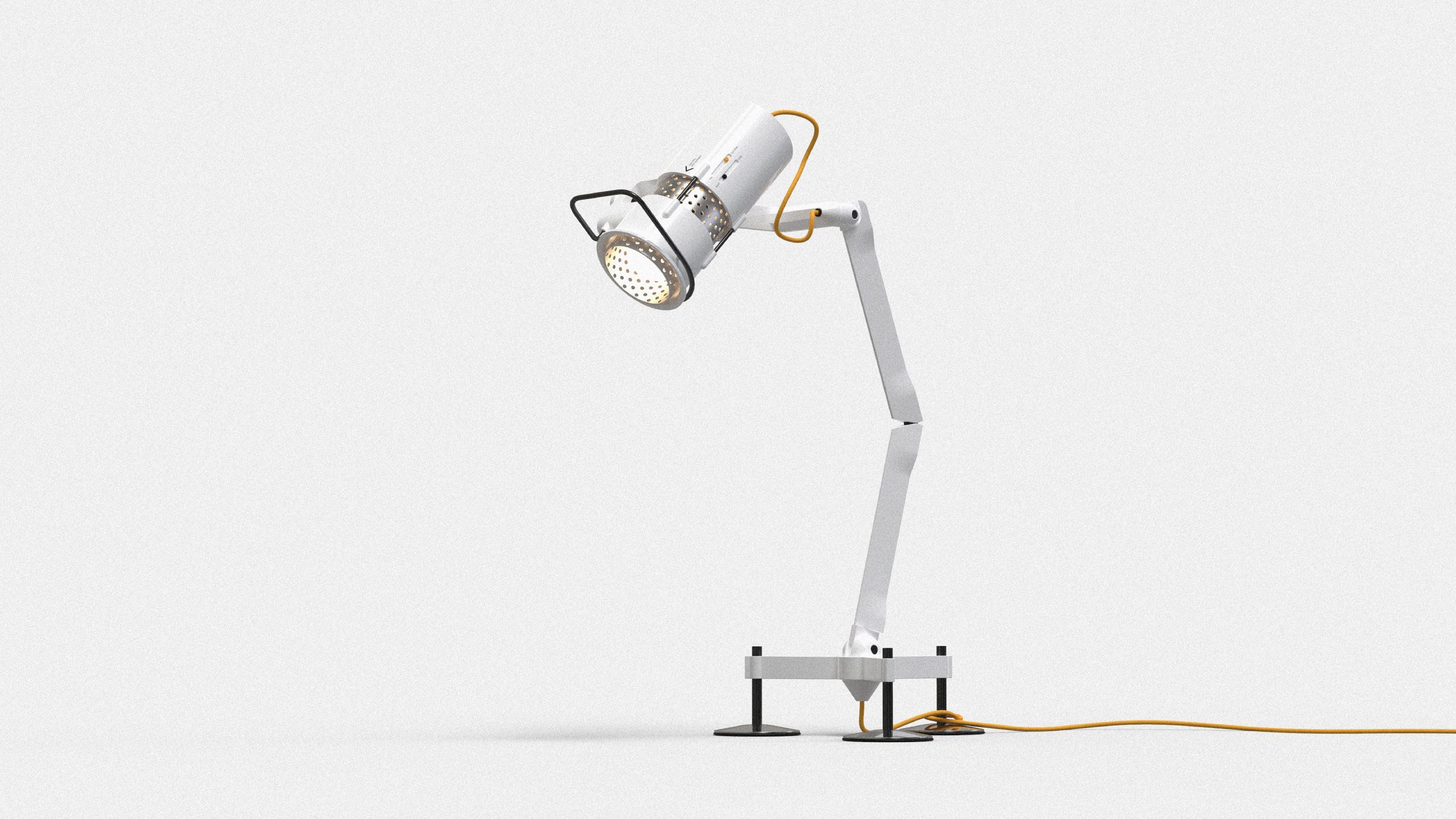
DL–1Product design
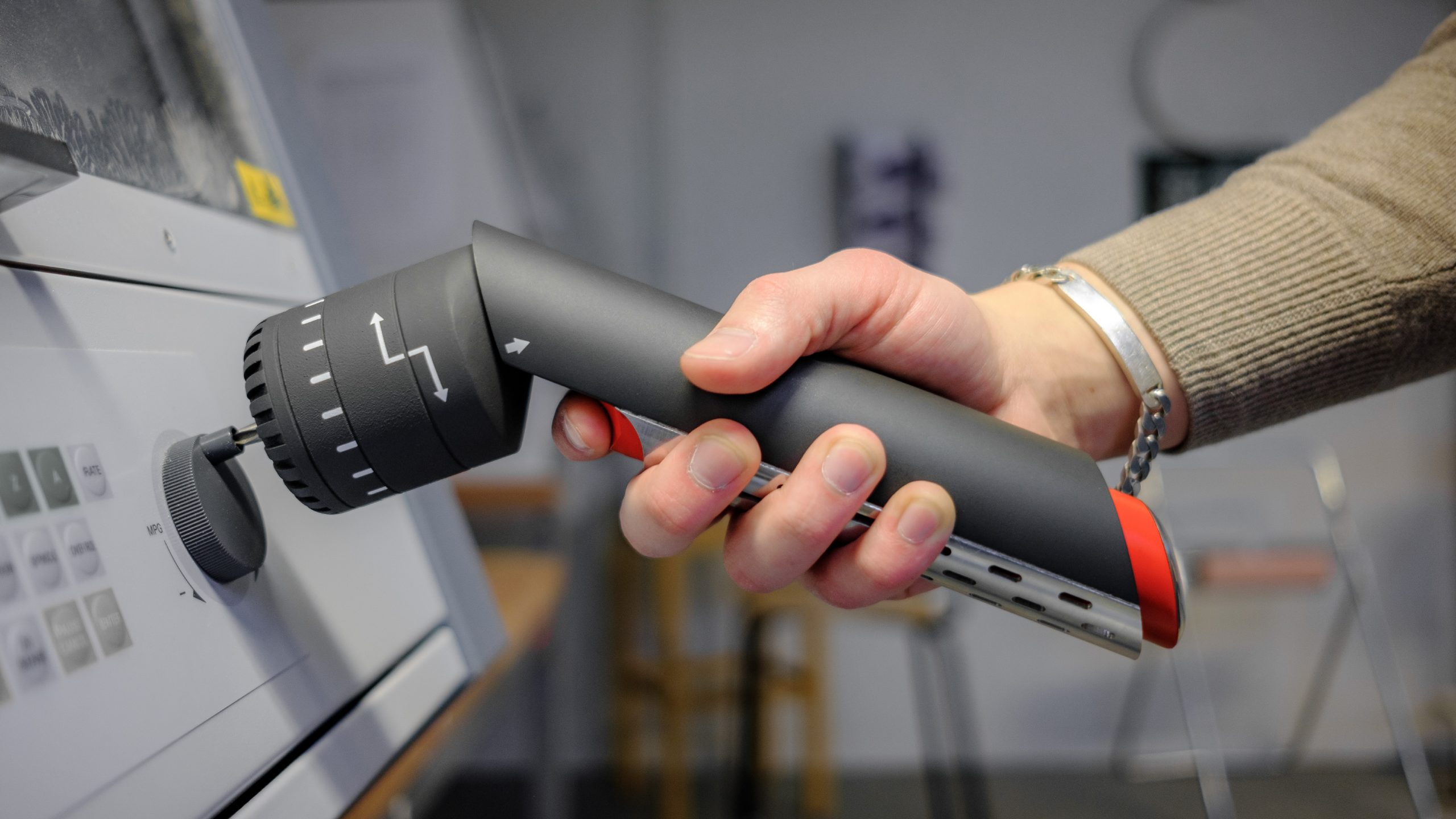
MT–3Product design

KiruProduct design